Ultrathin 3-D-printed films convert energy of one form into another
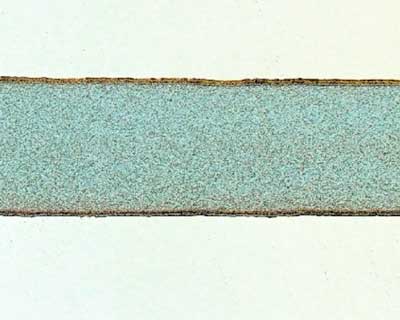 Low-cost piezoelectric films produce voltage when under strain, could be used for flexible electronic components and more.
Low-cost piezoelectric films produce voltage when under strain, could be used for flexible electronic components and more.
Aug 30th, 2019
Read more
 Low-cost piezoelectric films produce voltage when under strain, could be used for flexible electronic components and more.
Low-cost piezoelectric films produce voltage when under strain, could be used for flexible electronic components and more.
Aug 30th, 2019
Read more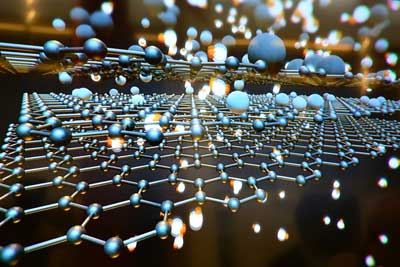 Scientists suggested a model describe the distribution of heat in ultrapure crystals at the atomic level.
Scientists suggested a model describe the distribution of heat in ultrapure crystals at the atomic level.
Aug 30th, 2019
Read more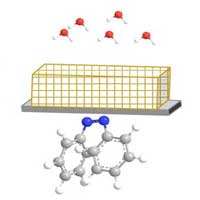 Researchers have developed new materials that can absorb and release small molecules, and it can be controlled by shining light on it.
Researchers have developed new materials that can absorb and release small molecules, and it can be controlled by shining light on it.
Aug 30th, 2019
Read more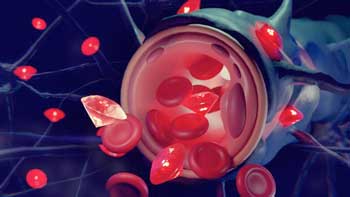 Scientists have investigated the suitability of a system based on nanodiamonds as diagnostic and therapeutic method for brain diseases.
Scientists have investigated the suitability of a system based on nanodiamonds as diagnostic and therapeutic method for brain diseases.
Aug 30th, 2019
Read more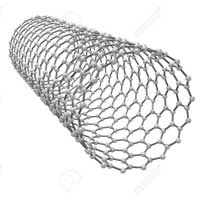 Researchers have developed a method for assembling these complex molecules from a small number of segments.
Researchers have developed a method for assembling these complex molecules from a small number of segments.
Aug 30th, 2019
Read more A composite material reveals the relationship between superconductivity and exotic electronic states that could be useful in quantum computers.
A composite material reveals the relationship between superconductivity and exotic electronic states that could be useful in quantum computers.
Aug 30th, 2019
Read more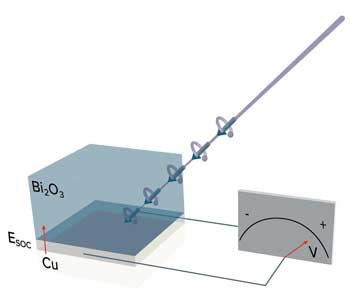 The interface between a metal and an oxide creates the right conditions for optically controlling electrons.
The interface between a metal and an oxide creates the right conditions for optically controlling electrons.
Aug 30th, 2019
Read more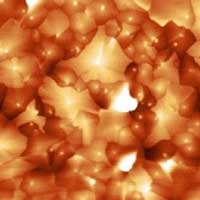 Researchers developed a titanium oxide nanofiber sheet through electrospinning and atomic layer deposition.
Researchers developed a titanium oxide nanofiber sheet through electrospinning and atomic layer deposition.
Aug 30th, 2019
Read more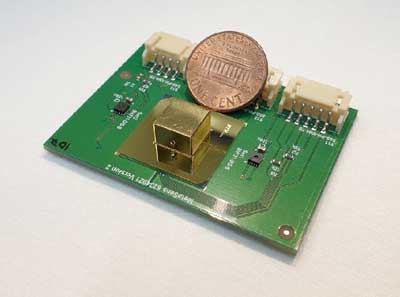 Researchers developed the first fully-integrated, non-dispersive infrared (NDIR) gas sensor enabled by specially engineered synthetic materials known as metamaterials. The sensor has no moving parts, requires little energy to operate and is among the smallest NDIR sensors ever created.
Researchers developed the first fully-integrated, non-dispersive infrared (NDIR) gas sensor enabled by specially engineered synthetic materials known as metamaterials. The sensor has no moving parts, requires little energy to operate and is among the smallest NDIR sensors ever created.
Aug 30th, 2019
Read more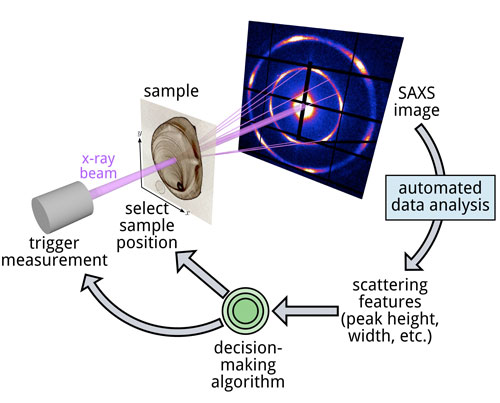 Scientists created a new AI algorithm for making measurement decisions; autonomous approach could revolutionize scientific experiments.
Scientists created a new AI algorithm for making measurement decisions; autonomous approach could revolutionize scientific experiments.
Aug 30th, 2019
Read more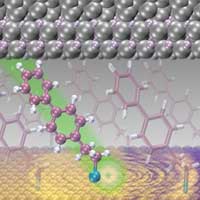 Scientists have developed a method for directional excitation of plasmons at molecular length scale with electrically driven sources.
Scientists have developed a method for directional excitation of plasmons at molecular length scale with electrically driven sources.
Aug 30th, 2019
Read more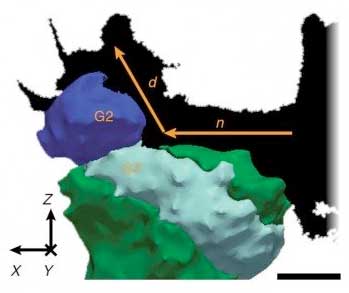 Researchers used high energy X-rays to image the crack and also the grains inside a material in terms of size, shape, and position. Importantly, the new advances also determine the crystallographic orientation of the atomic arrangements in each grain.
Researchers used high energy X-rays to image the crack and also the grains inside a material in terms of size, shape, and position. Importantly, the new advances also determine the crystallographic orientation of the atomic arrangements in each grain.
Aug 29th, 2019
Read more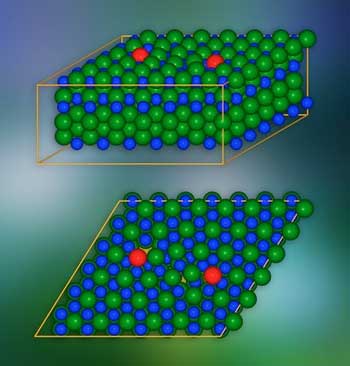 Imperfections of crystal structure, especially edge dislocations of an elongated nature, deeply modify basic properties of the entire material and, in consequence, drastically limit its applications. Using silicon carbide as an example, physicists have shown that even such computationally demanding defects can be successfully examined with atomic accuracy by means of a cleverly constructed, small in size, model.
Imperfections of crystal structure, especially edge dislocations of an elongated nature, deeply modify basic properties of the entire material and, in consequence, drastically limit its applications. Using silicon carbide as an example, physicists have shown that even such computationally demanding defects can be successfully examined with atomic accuracy by means of a cleverly constructed, small in size, model.
Aug 29th, 2019
Read more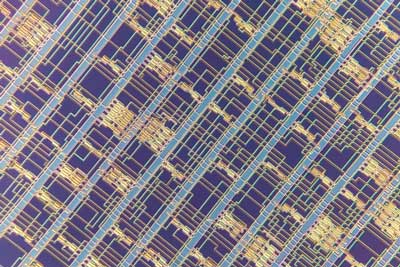 New approach harnesses the same fabrication processes used for silicon chips, offers key advance toward next-generation computers.
New approach harnesses the same fabrication processes used for silicon chips, offers key advance toward next-generation computers.
Aug 29th, 2019
Read more The structure of ultra-white beetle scales could hold the key to making bright-white sustainable paint using recycled plastic waste, scientists have discovered.
The structure of ultra-white beetle scales could hold the key to making bright-white sustainable paint using recycled plastic waste, scientists have discovered.
Aug 29th, 2019
Read more Scientists reported a novel targeting strategy that allows deep tumor penetration of drug-loaded nanoparticles. They induced the linking of immune cell-targeting antibodies to drug-loaded nanoparticles on the cells, instead of taking them up in the cells or using antibody-nanoparticle conjugates.
Scientists reported a novel targeting strategy that allows deep tumor penetration of drug-loaded nanoparticles. They induced the linking of immune cell-targeting antibodies to drug-loaded nanoparticles on the cells, instead of taking them up in the cells or using antibody-nanoparticle conjugates.
Aug 29th, 2019
Read more